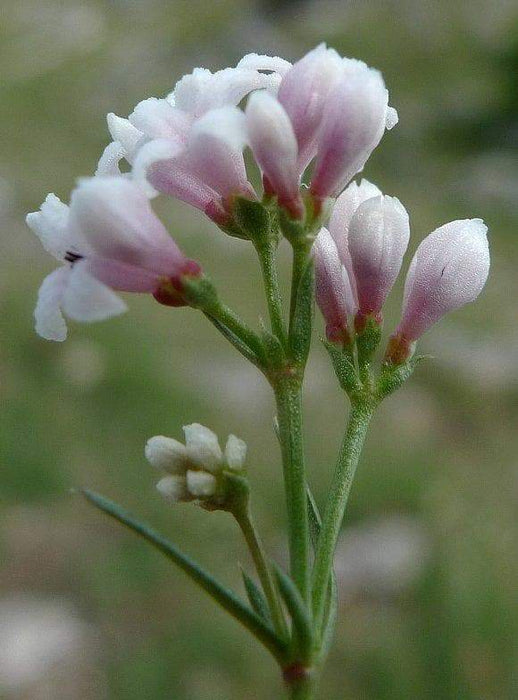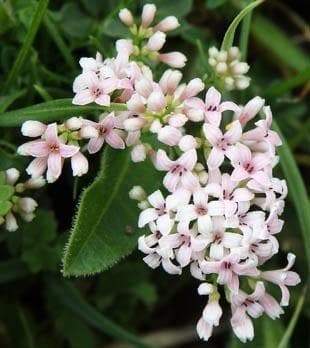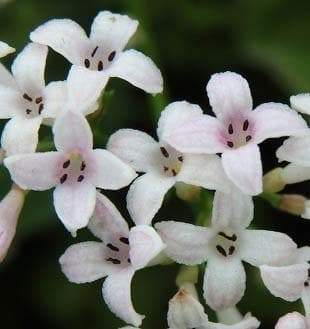
Squinancy Wort ,Woodruff Herb Seeds, hardy perennial
Original price
$ 3.27
-
Original price
$ 10.97
Original price
$ 3.27
$ 3.27
-
$ 10.97
Current price
$ 3.27
Most orders are processed by the next day
Select your desired size and/or color from the available options.
Woodruff are small spreading plants that make a great plant for rockeries. They can also be used to cover bare ground.
A member of the Rubiaceae family (Bedstraws) this plant looks not unlike low growing Galium species such as Galium saxatile. (Heath Bedstraw). Some flowers can be white and others pink and the plants in Asperula genus are known as Woodruffs.
The interesting common name comes from Squinancy and old English word for a sore throat and according to Geoffrey Grigson in his Englishman's Flora, Asperula cynanchica was used to make a concoction which you used as a gargle. Wort means flower or plant hand so Squinancywort means Sore Throat plant
Asperula Growing and Care Guide
Sow Outdoors: Perennials: spring and early summer. Spacing 3 to 9 inches (7 to 22cm).
Sow Indoors: Sow in a container, wrap in a plastic bag and place in the fridge for two weeks. Remove then germinate in the light. Germination time: three to seven weeks. Temperature 50°F (10°C). Transplant outdoors following the last frost.
Requirements: Best results in full sunlight, but can grow in partial shade. Mulch with leaf mold. Soil pH 4.5 to 5.5. Humus rich, moist soils. Propagate perennials by stem cuttings or by division in spring or autumn.
Woodruff typically takes about 3 to 6 weeks to germinate. Seeds should be sown in pots, then wrapped in a plastic bag to protect from light; the tray should then be refrigerated for about two weeks.
Following this imbibing process, the tray should be placed in light at a temperature of ten degrees Celsius. Seedlings should then be transplanted after the last frost of winter or spring, smaller species of Asperula should be spaced at about 10 cm whereas larger Asperula varieties should be planted about 20 cm apart. Ideally they should be planted into a soil which is acidic in nature (pH 4.5 to 5.5); the soil should be moist and humus rich.
Caring for Asperula
The Asperula plant is pretty easy to look after; if you plan to use the leaves for cooking, then the leaves should be harvested before flowering has occurred. It is best to grow annuals from seeds, but perennial varieties can be divided in the spring or autumn to create more plant Select your desired size and color from the available option
A member of the Rubiaceae family (Bedstraws) this plant looks not unlike low growing Galium species such as Galium saxatile. (Heath Bedstraw). Some flowers can be white and others pink and the plants in Asperula genus are known as Woodruffs.
The interesting common name comes from Squinancy and old English word for a sore throat and according to Geoffrey Grigson in his Englishman's Flora, Asperula cynanchica was used to make a concoction which you used as a gargle. Wort means flower or plant hand so Squinancywort means Sore Throat plant
Asperula Growing and Care Guide
Sow Outdoors: Perennials: spring and early summer. Spacing 3 to 9 inches (7 to 22cm).
Sow Indoors: Sow in a container, wrap in a plastic bag and place in the fridge for two weeks. Remove then germinate in the light. Germination time: three to seven weeks. Temperature 50°F (10°C). Transplant outdoors following the last frost.
Requirements: Best results in full sunlight, but can grow in partial shade. Mulch with leaf mold. Soil pH 4.5 to 5.5. Humus rich, moist soils. Propagate perennials by stem cuttings or by division in spring or autumn.
Woodruff typically takes about 3 to 6 weeks to germinate. Seeds should be sown in pots, then wrapped in a plastic bag to protect from light; the tray should then be refrigerated for about two weeks.
Following this imbibing process, the tray should be placed in light at a temperature of ten degrees Celsius. Seedlings should then be transplanted after the last frost of winter or spring, smaller species of Asperula should be spaced at about 10 cm whereas larger Asperula varieties should be planted about 20 cm apart. Ideally they should be planted into a soil which is acidic in nature (pH 4.5 to 5.5); the soil should be moist and humus rich.
Caring for Asperula
The Asperula plant is pretty easy to look after; if you plan to use the leaves for cooking, then the leaves should be harvested before flowering has occurred. It is best to grow annuals from seeds, but perennial varieties can be divided in the spring or autumn to create more plant Select your desired size and color from the available option
LET OUR CUSTOMER SPEAK FOR US

![[Seeds] - Caribbeangardenseed](http://caribbeangardenseed.com/cdn/shop/files/gift-card-gift-card-1_1024x1024_dfa857db-9150-4315-a362-7f0bb3fb9c47_60x28.png?v=1703978838)



